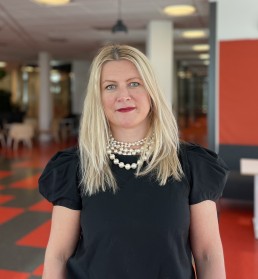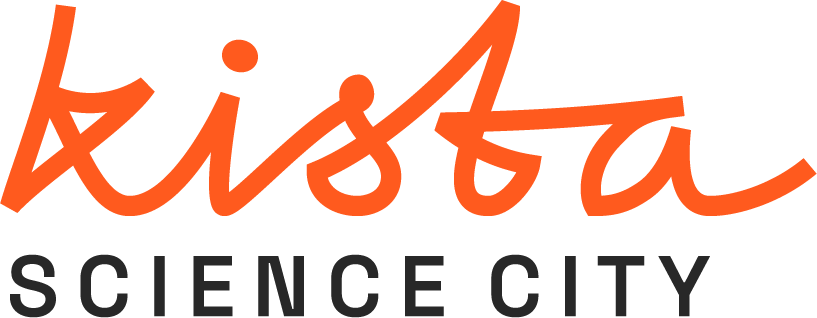Using AI to detect toxic online communication
Safeguarding our communities relies increasingly on our capacity to monitor and interpret the vast data streams across social networks. Lisa Kaati, a docent at Stockholm University, stands out as one of the leaders in this domain. Her work involves identifying patterns of toxic online communication to preempt acts of violence and enhance public safety.
Kaati’s methodology combines sophisticated data science techniques with sharp analytical thinking to uncover complex behavioral patterns that often go unnoticed. Using AI, she filters through enormous datasets to pinpoint potential threats—a task nearly impossible for human analysts alone. However, Kaati emphasizes that AI is a tool to aid human analysts, not replace them. This balanced approach ensures that decisions about potential threats remain nuanced and considerate of complex human behaviors.
Practical impact and innovations
Kaati’s research yields tangible benefits, shaping protocols that may prevent crises. In response to the growing demand for practical solutions based on her research, Kaati co-founded the Mind Intelligence Lab. This initiative turns theoretical insights into practical tools that law enforcement and educational institutions use to identify and mitigate risks. Kaati’s work exemplifies the potential of AI in transforming security practices. Her research contributes significantly to the development of new strategies for managing public safety in urban environments.

Integrating her findings into practical applications showcases how theoretical research can lead to tangible improvements in community resilience.
Looking ahead
As digital communication evolves, the need for alert monitoring of online spaces becomes increasingly important. Researchers like Lisa Kaati are crucial in developing technologies that enhance societal safety. Their work addresses current challenges and anticipates future security needs, providing the actors in our ecosystem with the tools and knowledge needed to adapt and thrive in a changing digital landscape.

Related Articles
June 30, 2025
Opening doors for Swedish tech: Lessons from Access UK
The boundaries of conflict are shifting. Today, national security isn’t just…
June 9, 2025
Kista companies invest early in future tech talent
The boundaries of conflict are shifting. Today, national security isn’t just…
June 3, 2025
From code to clinic: New lab tech from Qamcom and Mabtech
A new national initiative designed to boost Sweden’s semiconductor sector…




